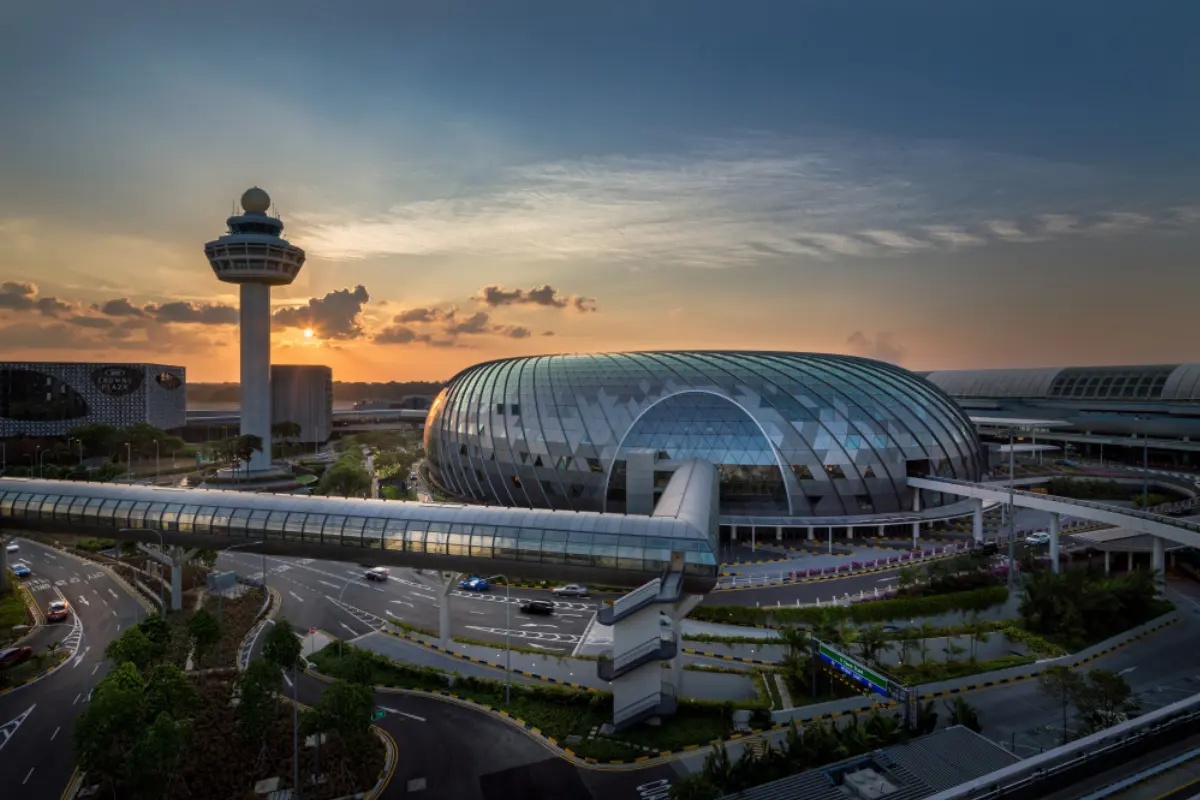
Major works at Singapore-Changi Airport: USD 2.2 billion on the table
Work spread over six years while waiting for Terminal 5 in the mid-30s. Increases coming

Work is underway soon at Changi Airport, Singapore's main airport, the world's thirteenth busiest in passenger traffic, and one of the most important in Southeast Asia. Changi Airport Group (CAG) has announced that it will invest more than 3 billion Singapore dollars (2.2 billion US dollars) over the next six years to modernise the airport and strengthen its position as a global hub.
Improvements will be made to Terminals 1, 2, 3 and 4 to improve services such as baggage handling, check-in, immigration and Skytrain connections between terminals, as well as to replace end-of-life systems to facilitate a more seamless experience for passengers and airlines. The investments will help Changi Airport remain competitive and meet growing demand for air travel, before Terminal 5 becomes operational in the mid-2030s (about a decade away).
To finance these investments and cope with higher operating costs, such as labor, airport fees will be progressively increased between 2025 and 2030. This will also allow, Cag explains, the recovery of significant investments made during the Covid-19 pandemic, such as the expansion of Terminal 2 and the check-in counter capacity in Terminal 3, and at the same time the freezing of passenger and airline fees, and the suspension of planned increases.
To help airlines with the transition, they will be given a 50% discount on Landing, Parking and Aerobridge (LPA) fare increases for the first six months. Based on current ticket prices, the passenger fare increase is estimated to be around 1% for an economy class ticket on most routes departing or connecting from Singapore.
The Civil Aviation Authority of Singapore (CAAS) will work with CAG to monitor the hub's performance in order to respond quickly and make further changes, if necessary, to ensure the hub's competitiveness.
AVIONEWS - World Aeronautical Press Agency